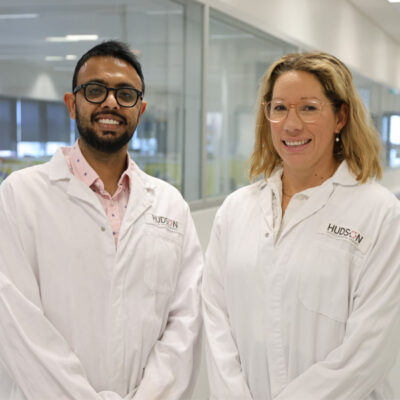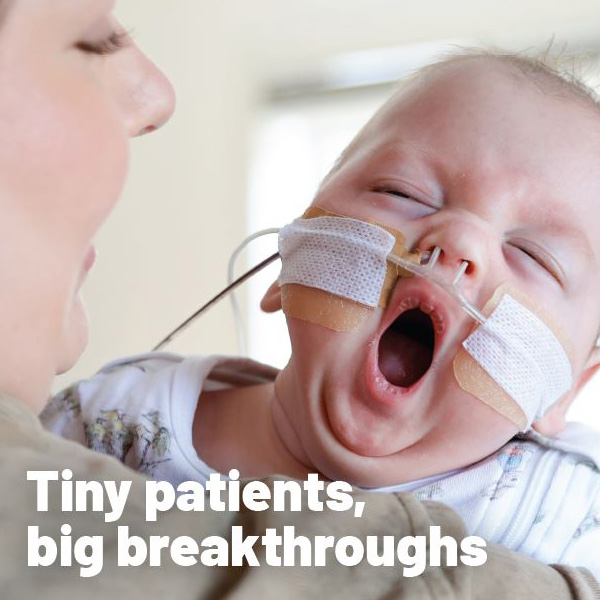Study targets bone health, wellbeing
By Hudson Institute communications

A new method to predict long-term bone health issues in people with cerebral palsy could help to improve their quality of life.
An imaging technique investigated in a recent Hudson Institute study, which assesses pixel colour in X-ray images, could hold the key to identifying if a person with cerebral palsy may suffer from fragile bones later in life.
By identifying people at risk, early decision-making on treatment could result in improved bone strength and help individuals avoid broken bones and retain mobility as they age.
The findings are particularly important as people with cerebral palsy are living longer, due to more effective treatments, but are becoming susceptible to age-related health issues, such as reduced bone strength.
Lead researcher Dr Anne Trinh said the study is the first to use trabecular bone score (TBS) to assess bone strength and identify those who would benefit from treatment to improve their bone strength.
Dr Trinh, a PhD student in A/Prof Fran Milat’s Metabolic Bone Research Group is looking at optimising bone health in adults with neurological disability.
The study looked at this novel imaging technique to evaluate bone strength in 43 adults with cerebral palsy. Of these, 22 recorded TBS values indicated an intermediate or high risk of fracture.
“This imaging technique looks at difference in pixel colour in X-ray images. The greater the variation in pixel colours, the more ‘holes’ there are in the bone, which corresponds to reduced bone strength,” Dr Trinh said.
The study also highlighted the importance of trying to maintain muscle strength and mobility in patients with cerebral palsy.
What is cerebral palsy?
Cerebral palsy is an umbrella term that refers to the motor and postural impairments associated with damage to the developing brain. Cerebral palsy can result from injury sustained in utero, at or around the time of birth, or up until one month of age. These times correlate with critical periods of brain development, and when disrupted, this can lead to damage.
In Australia, a child is born with a brain injury that underlies cerebral palsy every 15 hours. It is the most common disability in childhood. While the causes of brain injury can vary, the largest contributor to cerebral palsy is preterm birth. In addition, up to 70 per cent of these preterm births have been complicated with an infection during pregnancy. The effects of a baby being exposed to infection, born too early and with no current treatment options, has meant that rates of cerebral palsy have remained static for decades.
Children with cerebral palsy not only have difficulty with movement, but also experience a range of other impairments, including difficulty talking, or with vision, sleeping and behaviour.
Cerebral palsy facts
Around 10 per cent of all babies in Australia are born preterm.
Worldwide, an estimated more than 15 million babies are born preterm and 1 million die every as a result.
Up to 70 per cent of these babies were exposed to infection during gestation.
In developed countries like Australia, a lack of oxygen at birth can occur in up to six of every 1000 births. The risk that the child will develop cerebral palsy is very high.
Nearly half of all babies treated with the current best-practice therapy of whole-body cooling, to reduce inflammation and interrupt brain injury, will still die or suffer lifelong disability.
Contact us
Hudson Institute communications
t: + 61 3 8572 2697
e: communications@hudson.org.au
In this article
About Hudson Institute
Hudson Institute’ s research programs deliver in three areas of medical need – inflammation, cancer, women’s and newborn health. More
Hudson News
Get the inside view on discoveries and patient stories
“Thank you Hudson Institute researchers. Your work brings such hope to all women with ovarian cancer knowing that potentially women in the future won't have to go through what we have!”







